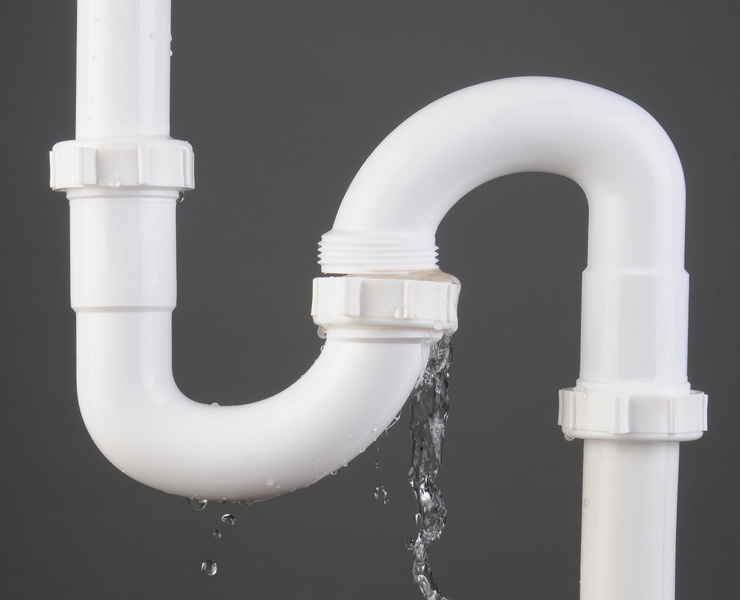Expose Hidden Water Line Leaks: Six Proven Ways for Spotting
Expose Hidden Water Line Leaks: Six Proven Ways for Spotting
Blog Article
They are making a number of great points regarding Finding hidden leaks in general in this article following next.

Early detection of dripping water lines can alleviate a prospective catastrophe. Some small water leaks may not be visible.
1. Analyze the Water Meter
Every residence has a water meter. Inspecting it is a guaranteed way that assists you discover leakages. For starters, shut off all the water sources. Ensure no person will certainly flush, use the tap, shower, run the washing maker or dishwashing machine. From there, go to the meter as well as watch if it will change. Considering that no person is utilizing it, there need to be no movements. If it moves, that suggests a fast-moving leak. If you detect no adjustments, wait an hour or two and also inspect back again. This means you might have a sluggish leakage that might even be underground.
2. Examine Water Intake
If you identify sudden modifications, in spite of your usage being the same, it indicates that you have leaks in your plumbing system. An abrupt spike in your bill shows a fast-moving leakage.
At the same time, a stable rise monthly, even with the same behaviors, reveals you have a slow-moving leakage that's also gradually escalating. Call a plumber to completely examine your residential or commercial property, particularly if you feel a cozy area on your floor with piping underneath.
3. Do a Food Coloring Examination
30% comes from commodes when it comes to water consumption. Test to see if they are running effectively. Drop specks of food shade in the container and wait 10 minutes. There's a leak between the storage tank as well as bowl if the color in some way infiltrates your bowl during that time without flushing.
4. Asses Exterior Lines
Do not fail to remember to check your outdoor water lines too. Needs to water permeate out of the connection, you have a loose rubber gasket. One tiny leakage can throw away heaps of water and also increase your water bill.
5. Assess the circumstance and also examine
Home owners need to make it a habit to examine under the sink counters as well as also inside cupboards for any kind of bad odor or mold and mildew development. These two red flags show a leak so prompt focus is needed. Doing regular examinations, even bi-annually, can save you from a major trouble.
Inspect for stainings and compromising as a lot of pipelines and also devices have a life expectations. If you presume leaking water lines in your plumbing system, do not wait for it to escalate.
Early discovery of leaking water lines can alleviate a possible calamity. Some small water leakages may not be noticeable. Inspecting it is a surefire method that aids you discover leakages. One tiny leak can waste lots of water and also spike your water bill.
If you think dripping water lines in your plumbing system, don't wait for it to intensify.
How to Know If Your Home Has a Hidden Leak
Water Meter Reveals Inexplicable Water Usage
If you’d like to test whether or not there’s a leak somewhere in your home, you can do this using your water meter. Here is how to conduct the test:
Don’t use any water in your home for at least 30 minutes; this also means not turning on faucets or water-using appliances.
Go outside, and check your water meter for activity.
If your water meter shows that there was activity, even though no one was using any water, this proves that there is a leak in your home.Visible Mold or Mildew Growth
Leaks behind walls create moist, dark environments that allow mold and mildew to grow and thrive. Eventually, you might see mold growth forming on the wall closest to a hidden leak.
If mold is growing in an area that receives a high amount of moisture, such as a bathroom, it may simply be an indication that better ventilation is needed. However, if you see mold growth on a wall or the ceiling in an area where you would not expect, you probably have a hidden leak.
Musty, Mildew Odor
Sometimes you might not be able to see the mold or mildew that is growing as a result of a leak. However, the smell can give the problem away just as easily. If you catch a whiff of something musty, there’s a good chance that old water is collecting somewhere in your home that you can’t see.
Stained/Warped Walls, Ceilings, or Floors
When your home soaks up water, a variety of red flags can become visible, including ceiling stains, bubbling drywall, warped walls, and sagging floors. While these issues can be caused by excess humidity, they can also be signs that a pipe or plumbing connection has started leaking behind your walls.
Inexplicably High Water Bill
After a while, you get a general sense for what your water bill should be. If you own a pool or sprinkler system, your bill will tend to be higher during summer. However, if you receive a water bill that seems especially high, and you can’t figure out what caused it, then you may have a hidden leak somewhere that’s increasing your bill.
https://www.plumbingjoint.com/blog/2019/july/how-to-know-if-your-home-has-a-hidden-leak/

We had been shown that article on Detecting hidden plumbing leaks through a friend on our other domain. I beg you take the opportunity to promote this write-up if you enjoyed reading it. We truly appreciate reading our article about Hacks to detect leaks.
Overflow resolution available. Report this page